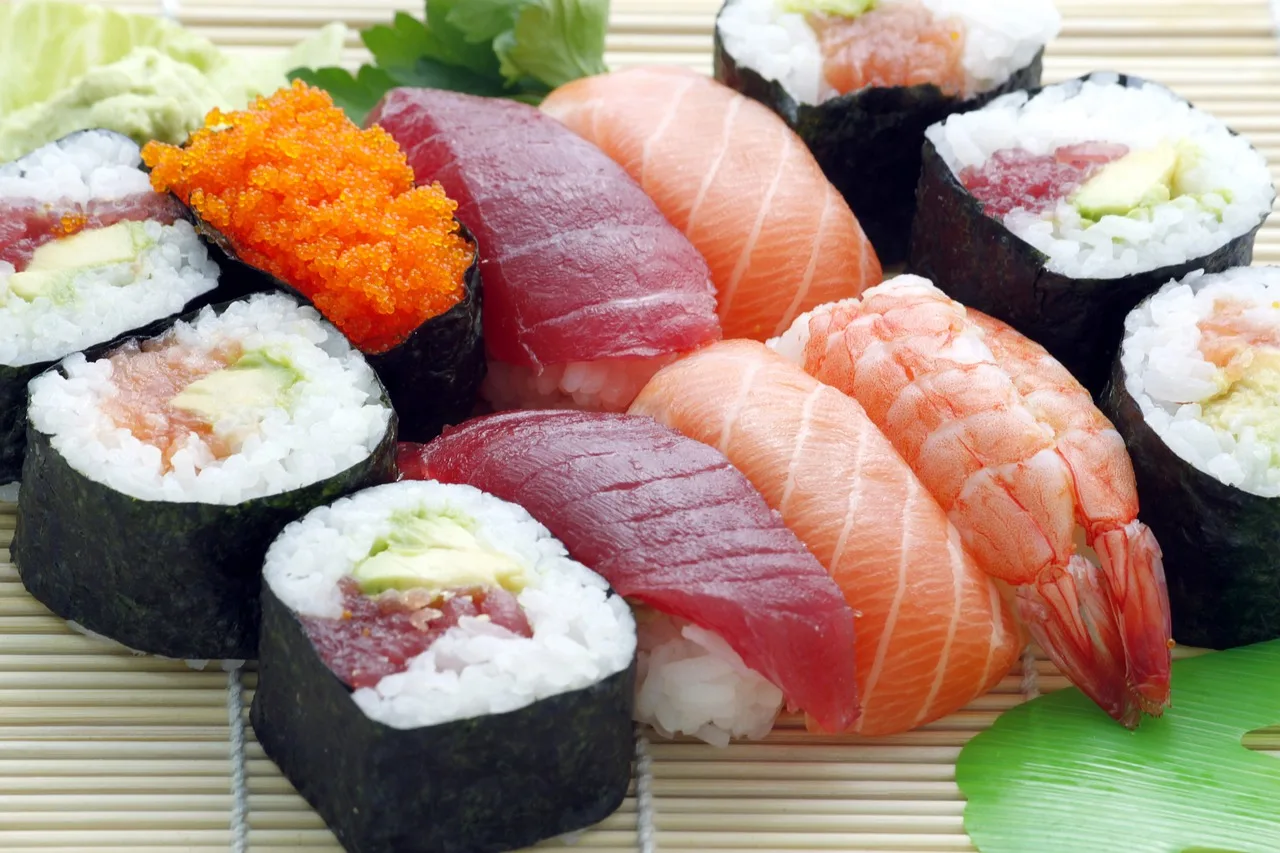Greetings, fellow foodies and flavor enthusiasts! Are you ready to embark on a mouthwatering adventure that will tantalize your taste buds and expand your culinary vocabulary? Today, we’re diving into the delightful world of expressing “delicious” in Japanese. From the classic “oishii” to the charming “umai” and beyond, let’s savor the richness of the Japanese language and explore the various ways to describe the irresistible flavors we encounter.
Oishii: The Classic and Timeless
When it comes to saying “delicious” in Japanese, the word that takes center stage is undoubtedly “oishii.” This classic term is the go-to expression for capturing the delectable essence of a dish.
“Oishii” (oy-shee) encompasses the true essence of deliciousness, with its pronunciation reflecting the delightful sensations you experience when indulging in a flavor-packed creation. It’s a versatile word that can be used to describe a wide range of culinary experiences, from a perfectly cooked steak to a bowl of steaming ramen.
Next time you take a bite of something truly scrumptious, let the word “oishii” roll off your tongue with a sense of satisfaction and appreciation. Feel the flavors come alive as you utter this iconic expression of culinary delight.
Umai: The Tasty and Flavorful
While “oishii” may be the well-known superstar of deliciousness, there’s another equally delightful term to add to your culinary repertoire: “umai.” This charming word is another way to express that something is tasty, yummy, or delicious.
“Umai” (oo-mai) captures the essence of mouthwatering flavors and is often used to describe food that is exceptionally tasty. It conveys a sense of pleasure and satisfaction when you take that first bite and instantly recognize the harmonious blend of flavors dancing on your palate.
The word “umai” carries a slightly informal and colloquial tone, making it perfect for casual conversations with friends or when relishing street food delights. So, the next time you encounter a dish that leaves you wanting more, let out an enthusiastic “umai!” and share your delight with those around you.
Other Expressions of Deliciousness
In the world of Japanese culinary expressions, there’s a treasure trove of delightful words to describe the scrumptious flavors that grace our plates. Here are a few additional expressions that will enhance your ability to articulate the deliciousness you encounter:
- Gochisousama: This phrase is used after a meal to express gratitude and appreciation for the flavors experienced. It’s a way of acknowledging the effort and skill that went into preparing the meal and is often accompanied by a heartfelt “oishii” to signify the deliciousness of the food.
- Bimi: This term is used to describe food that is savory and full of umami flavor. Umami is often referred to as the “fifth taste” and represents a deep, savory, and satisfying flavor profile found in ingredients like mushrooms, soy sauce, and aged meats.
- Karei: When something is described as “karei,” it means it has a rich and exquisite taste. It’s often used to highlight dishes with complex and refined flavors that are truly a gastronomic delight.
- Gokurousama: This expression is used to convey appreciation and respect to the person who prepared the food. It acknowledges their hard work and dedication in creating a delicious meal and adds an extra layer of warmth to the dining experience.
Savoring the Language of Deliciousness
Congratulations, my fellow food enthusiasts! You’ve now unlocked the secrets of expressing “delicious” in Japanese and discovered a world of flavorful words to enhance your culinary experiences. From the classic “oishii” to the charming “umai,” and the expressions of gratitude like “gochisousama” and “gokurousama,” you have a palette of words to paint vivid pictures of deliciousness.
Next time you encounter a mouthwatering dish or savor a delectable bite, let these words come to life. Say “oishii” with relish, feeling the flavors dance on your tongue. Embrace the informal and lively “umai,” letting it capture the essence of your enjoyment. And don’t forget to express gratitude with phrases like “gochisousama” and “gokurousama,” appreciating the culinary journey and the hands that brought it to life.
Remember, language is a powerful tool that allows us to share our experiences and connect with others. By learning and using these Japanese expressions of deliciousness, you not only deepen your own enjoyment of food but also engage in cultural exchange and appreciation. Embrace the nuances and vibrancy of the Japanese language as you explore the world of flavors and culinary delights.
Oishii! Umai! Gochisousama deshita! Gokurousama deshita! Let the language of deliciousness awaken your senses and inspire your culinary adventures. Cheers to savoring the flavors of the world and celebrating the joy of food!

